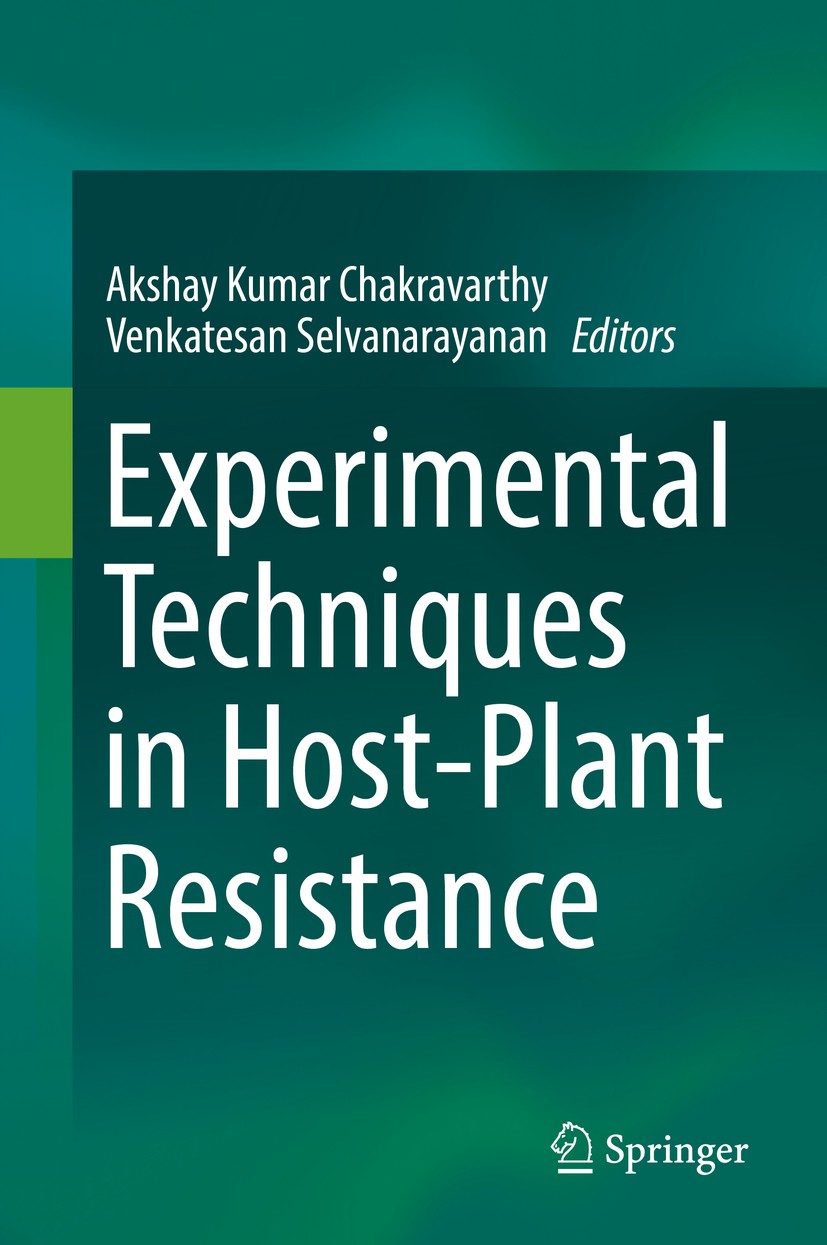| 书目名称 | Experimental Techniques in Host-Plant Resistance | | 编辑 | Akshay Kumar Chakravarthy,Venkatesan Selvanarayana | | 视频video | http://file.papertrans.cn/319/318939/318939.mp4 | | 概述 | Provides the practical aspects of host-plant resistance (HPR).Presents HPR as one of the eco-freinedly methods of pest management.Elaborates major aspects of screening crop germplasm, sampling techniq | | 图书封面 |  | | 描述 | The earliest land-plants evolved around 450 million years ago from aquatic plants devoid of vascular systems. The diversification of flowering plants (angiosperms) during the Cretaceous period is associated with speciation in insects. Early insect herbivores were mandibulate, but the evolution of vascular plants led to the co-evolution of other forms of herbivory, such as leaf feeding, sap-sucking, leaf mining, tissue borer, gall forming and nectar-feeding. Plant defense against biotic stress is an adaptive evolution by plants to increase their fitness. Plants use a variety of strategies to defend against damage caused by herbivores. Plant defense mechanisms are either inbuilt or induced. Inbuilt mechanisms are always present within the plant, while induced defenses are produced or mobilized to the site where a plant is injured. Induced defense mechanisms include morphological, physiological changes and production of secondary metabolites..Host plant resistance (HPR) is one of the eco-friendly methods of pest management. It protects the crop by making it less suitable or tolerant to the pest. While books on theoretical aspects of HPR are available, an exclusive book on the practica | | 出版日期 | Book 2019 | | 关键词 | Pest Management; Host-plant resistance; Insecticides; Biological control; crop protection | | 版次 | 1 | | doi | https://doi.org/10.1007/978-981-13-2652-3 | | isbn_ebook | 978-981-13-2652-3 | | copyright | Springer Nature Singapore Pte Ltd. 2019 |
The information of publication is updating

|
|
 |Archiver|手机版|小黑屋|
派博传思国际
( 京公网安备110108008328)
GMT+8, 2025-12-25 13:05
|Archiver|手机版|小黑屋|
派博传思国际
( 京公网安备110108008328)
GMT+8, 2025-12-25 13:05


